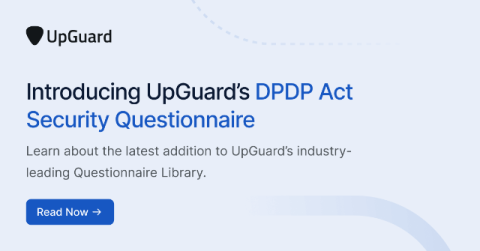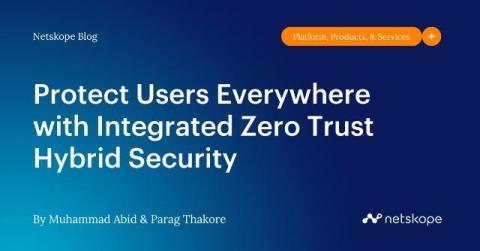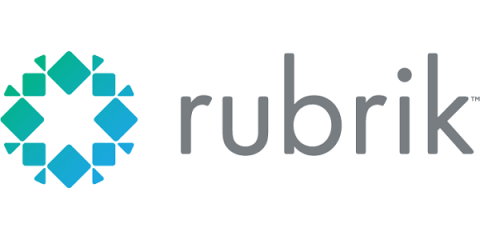Introducing UpGuard's DPDP Act Security Questionnaire
In an era where data breaches and privacy concerns dominate headlines, regulatory frameworks like India’s Digital Personal Data Protection Act, 2023 (DPDP) have become indispensable. The DPDP Act safeguards the privacy of individuals by regulating how organizations operating in India can collect, process, and store personal data. Landmark regulations like the DPDP Act are essential for enhancing data security.











